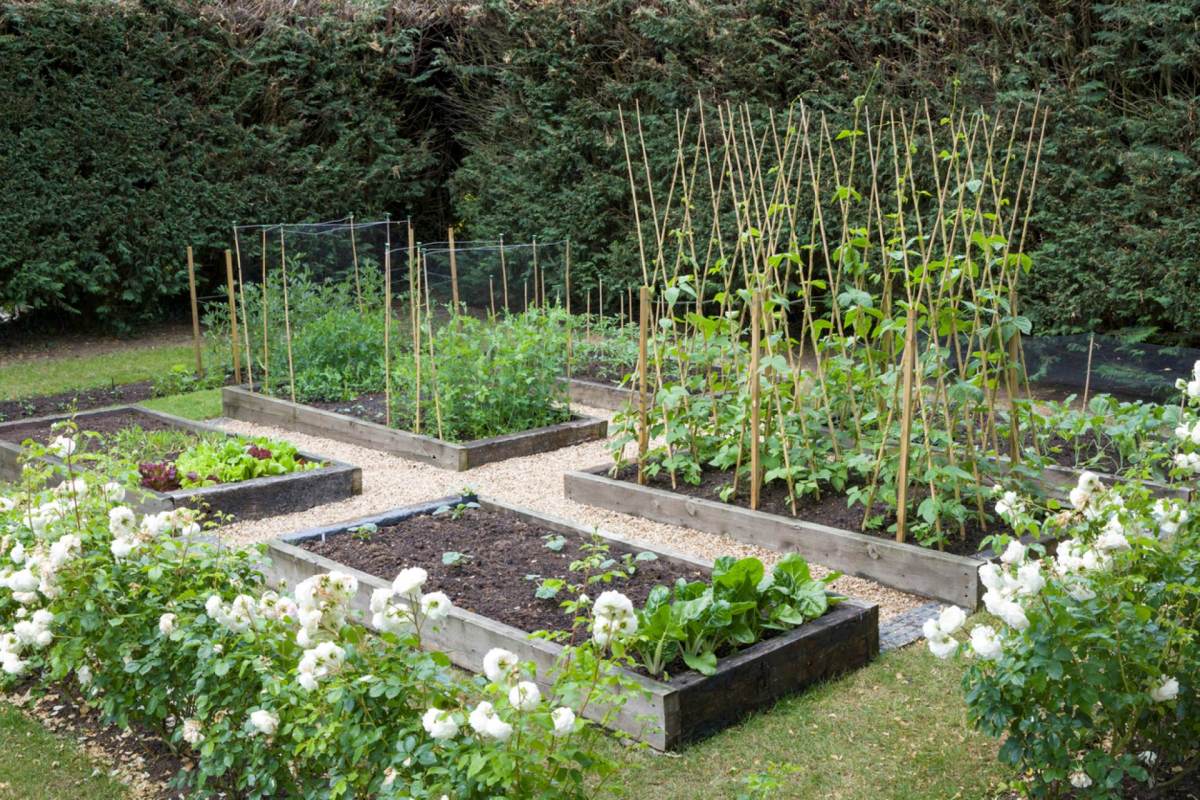Imagine having the most beautiful yard on the block without needing to put as much time and effort in as your neighbors.
This is actually a realistic option, and one that many homeowners have been trying out.
Native lawns make use of native flowers and greenery, mulch, and other outdoor decorations like flagstones to take the place of a traditional grass lawn.
In this case, a user on X, formerly known as Twitter, has been enjoying her no-lawn for the past 12 years.
The X user, named Liz (@Lizditz), has a combination of shrubbery, gravel, and a pop of color with some bright pots for her potted plants.
"I got some side-eye at first 12 years ago, more and more folks are putting in lawn alternatives," she explained in the caption.
My front yard, just now w. I got some side-eye at first 12 years ago, but more and more folks are putting in lawn alternatives like native plants or decomposed granite with pots, or even raised beds for vegetables. No HOA, though in these parts. pic.twitter.com/TtkDYywNxw
— (((Liz Ditz))). Mask up, y'all. (@lizditz) April 2, 2023
Native lawns are cheaper and require a lot less maintenance than your typical grassy lawn — not to mention that it's a lot more color to look at.
Grass lawns are notorious for requiring more water, fertilizers, and pesticides than other yard options because perfectly manicured grass usually isn't what would naturally grow in your yard. In fact, a 100 x 100 foot yard (for reference, 100 feet is about six car lengths) requires over 6,000 gallons of water on a regular basis, not to mention the fertilizers and pesticides to keep it that bright green color.
Instead, building a yard full of plants that are native to your area will mean your plants have already adapted to the predators, natural amounts of rainfall, and nourishment sources. They'll be able to stay vibrant and healthy with a fraction of the work and resources.
Not only that, but they'll also act as a home for the local wildlife and pollinators that are essential in supplying your favorite foods — like coffee and chocolate.
If you're not a fan of the plants native to your area, you can try xeriscaping — landscaping that eliminates or significantly lowers the need for water using gravel and drought-resistant plants — or lawn decorations like patios and flagstones.
Other ground cover plants such as clover and buffalo grass work just as well, too!
So as the snow starts to melt in the spring, keep in mind that planting an alternative yard might just get you more color and creativity with less maintenance and a lower budget.
Join our free newsletter for easy tips to save more, waste less, and help yourself while helping the planet.









